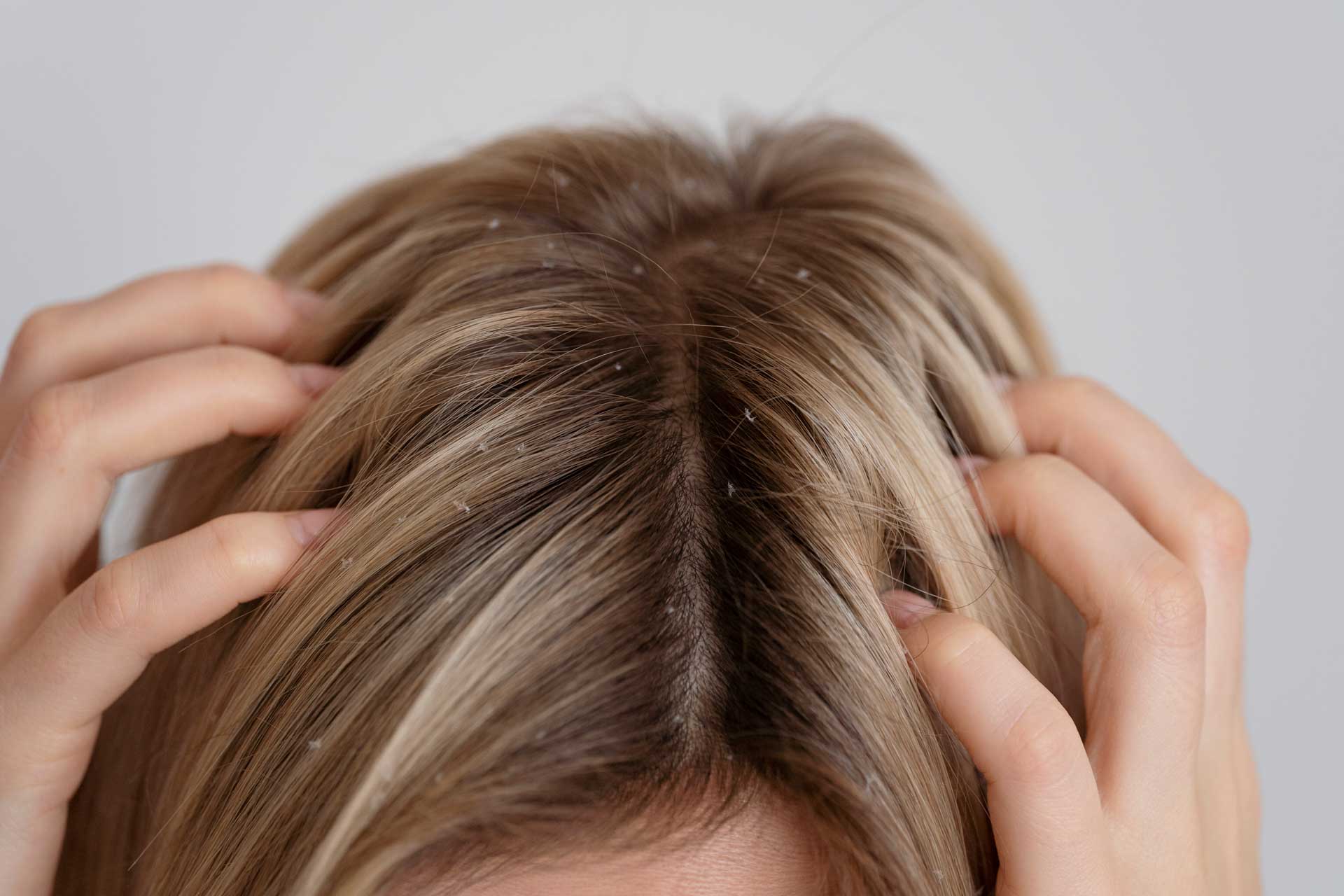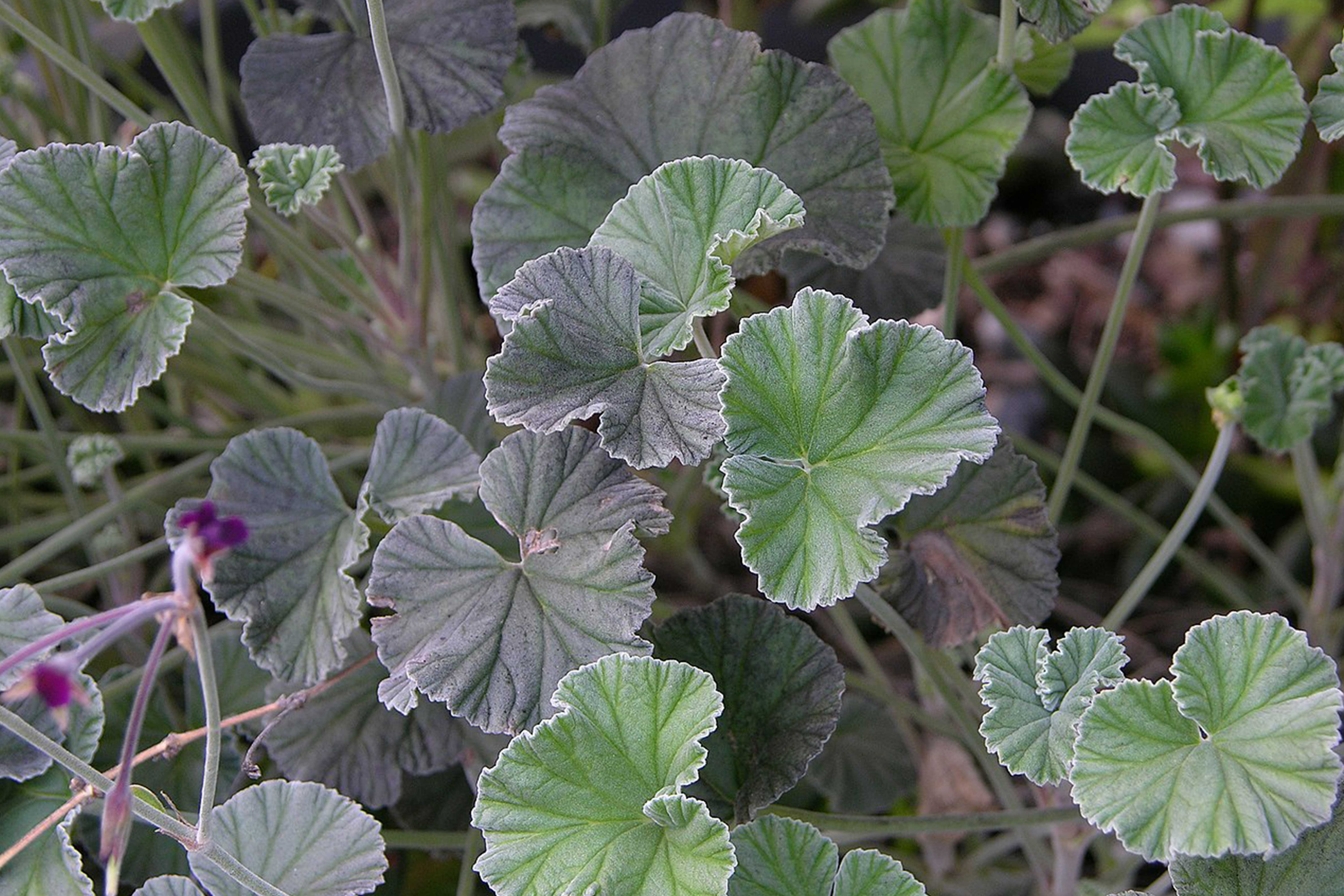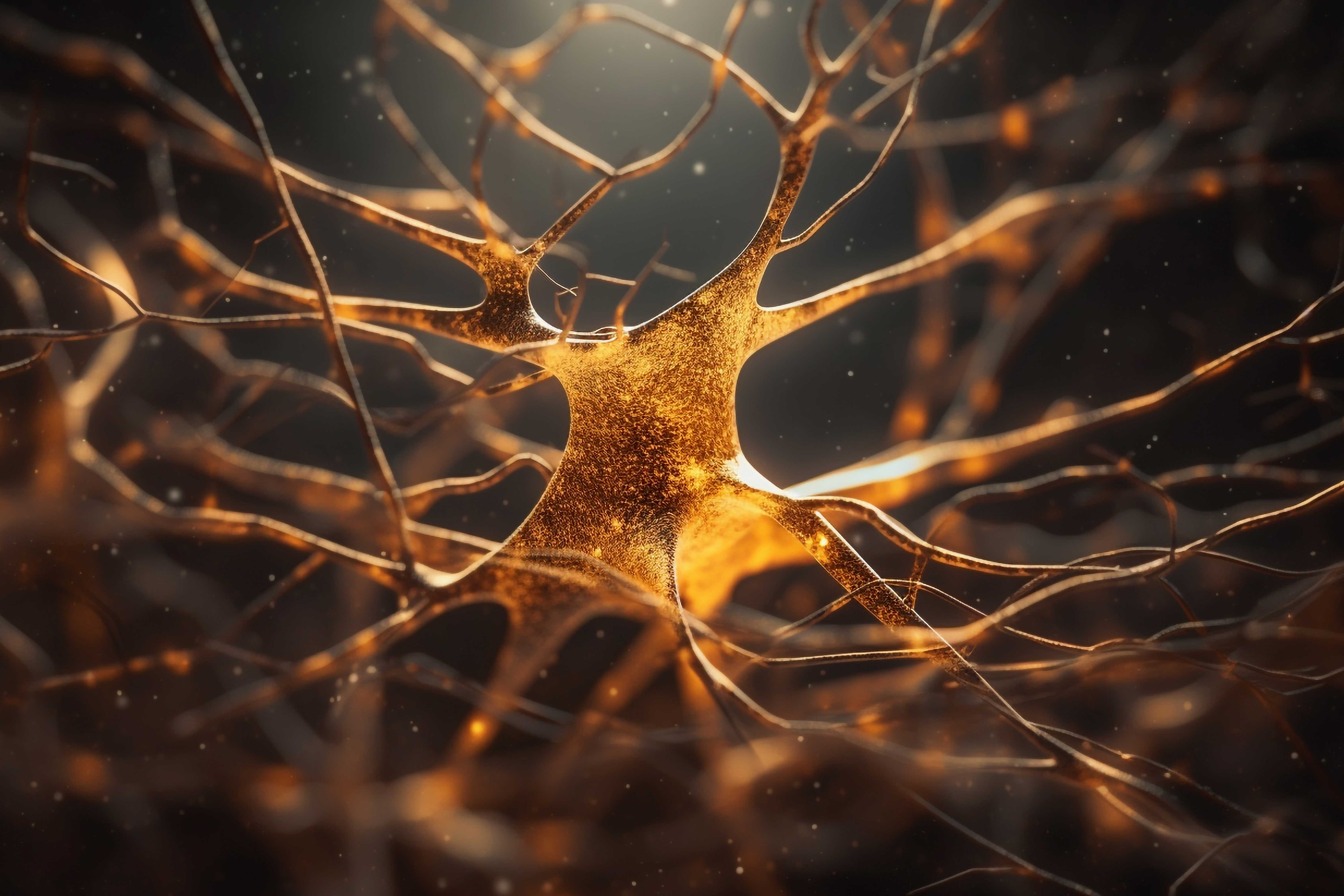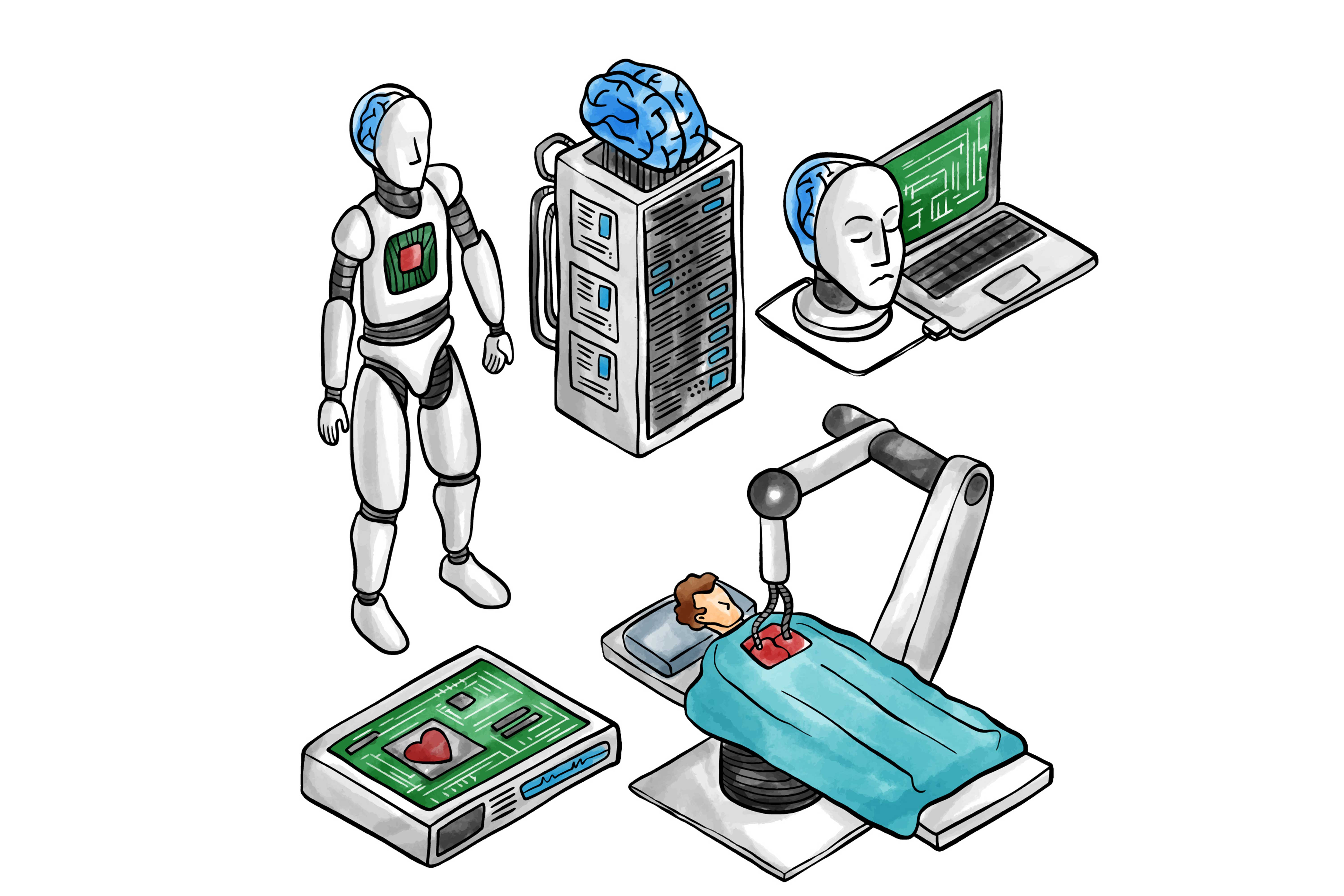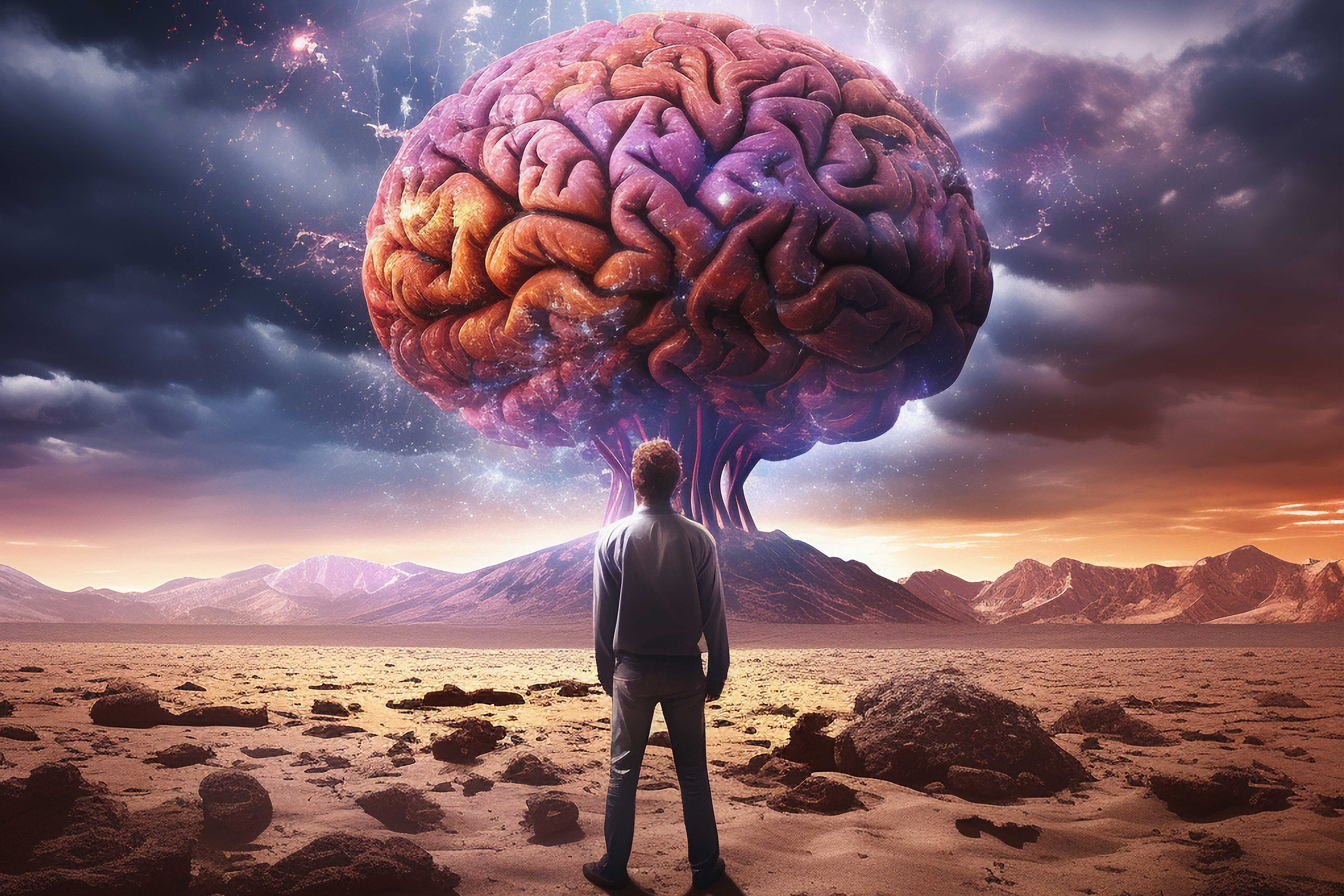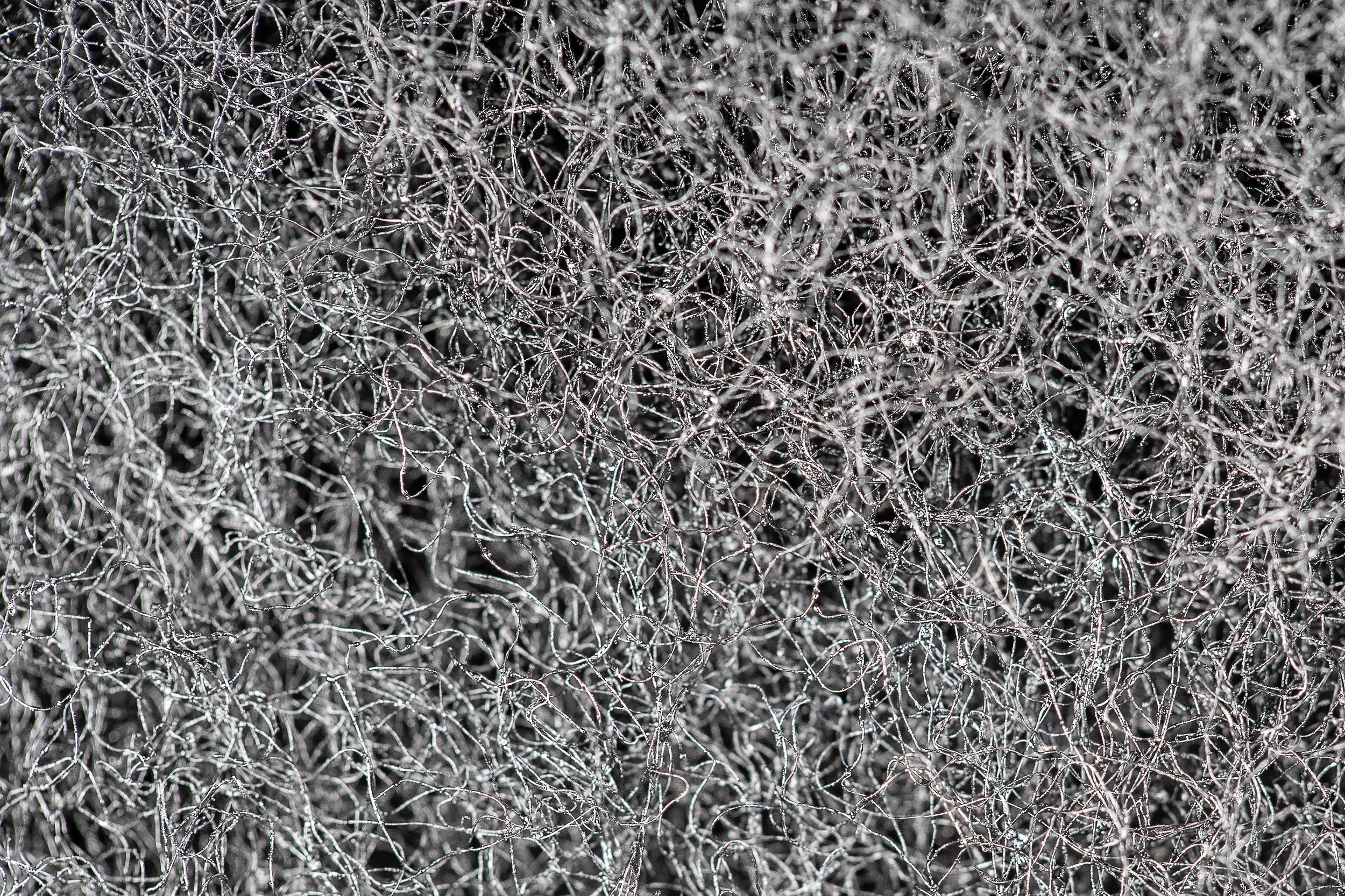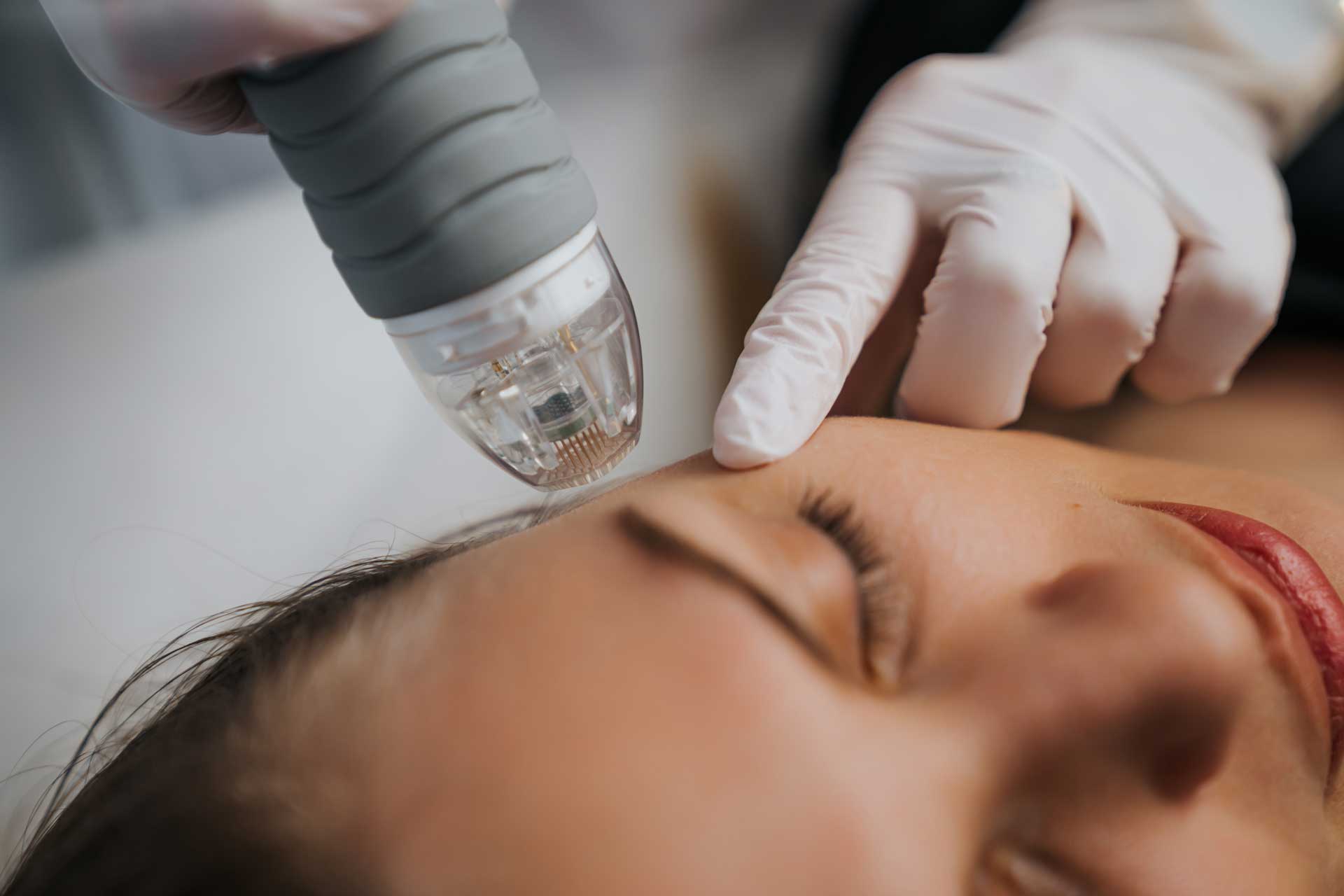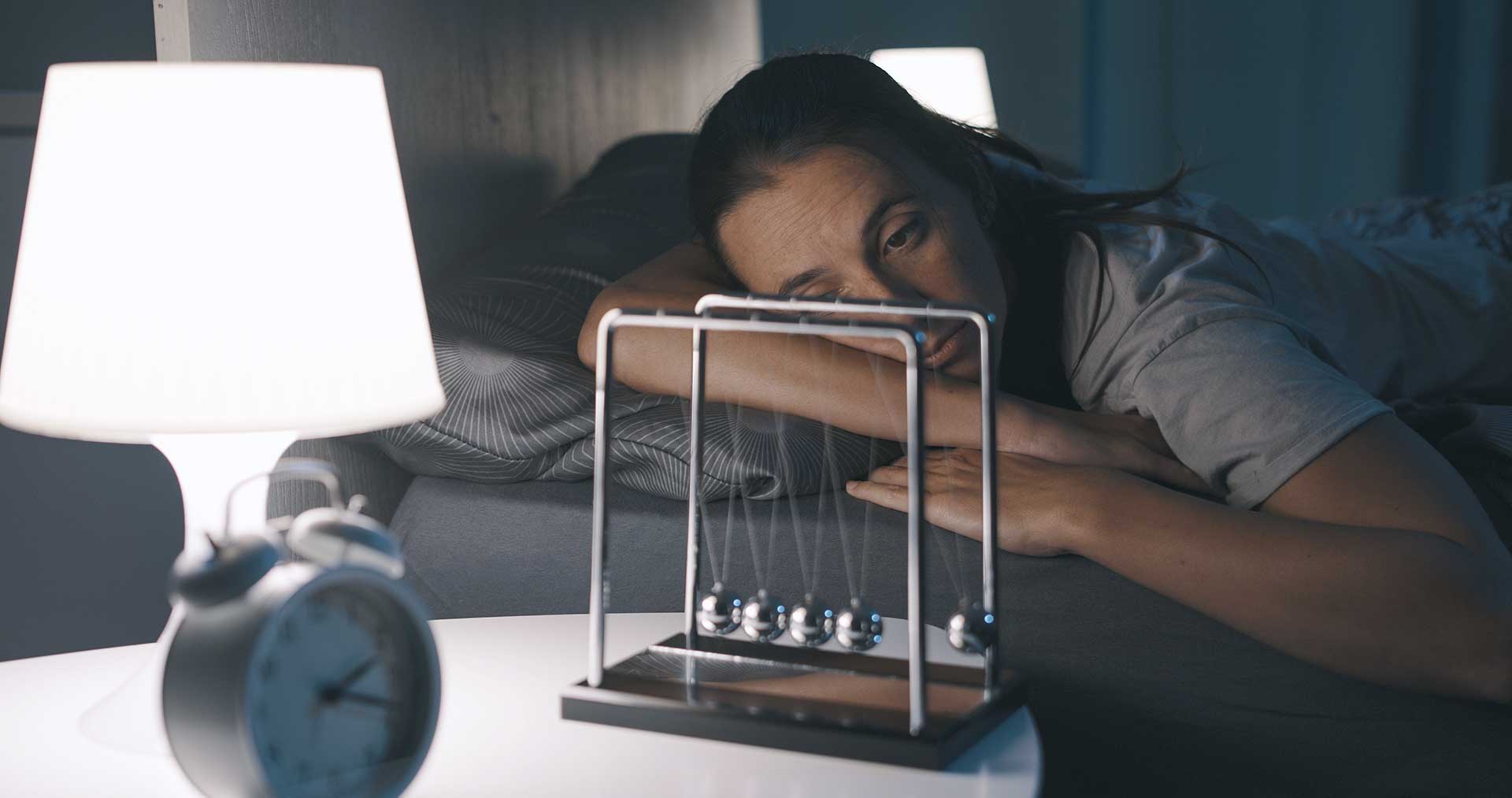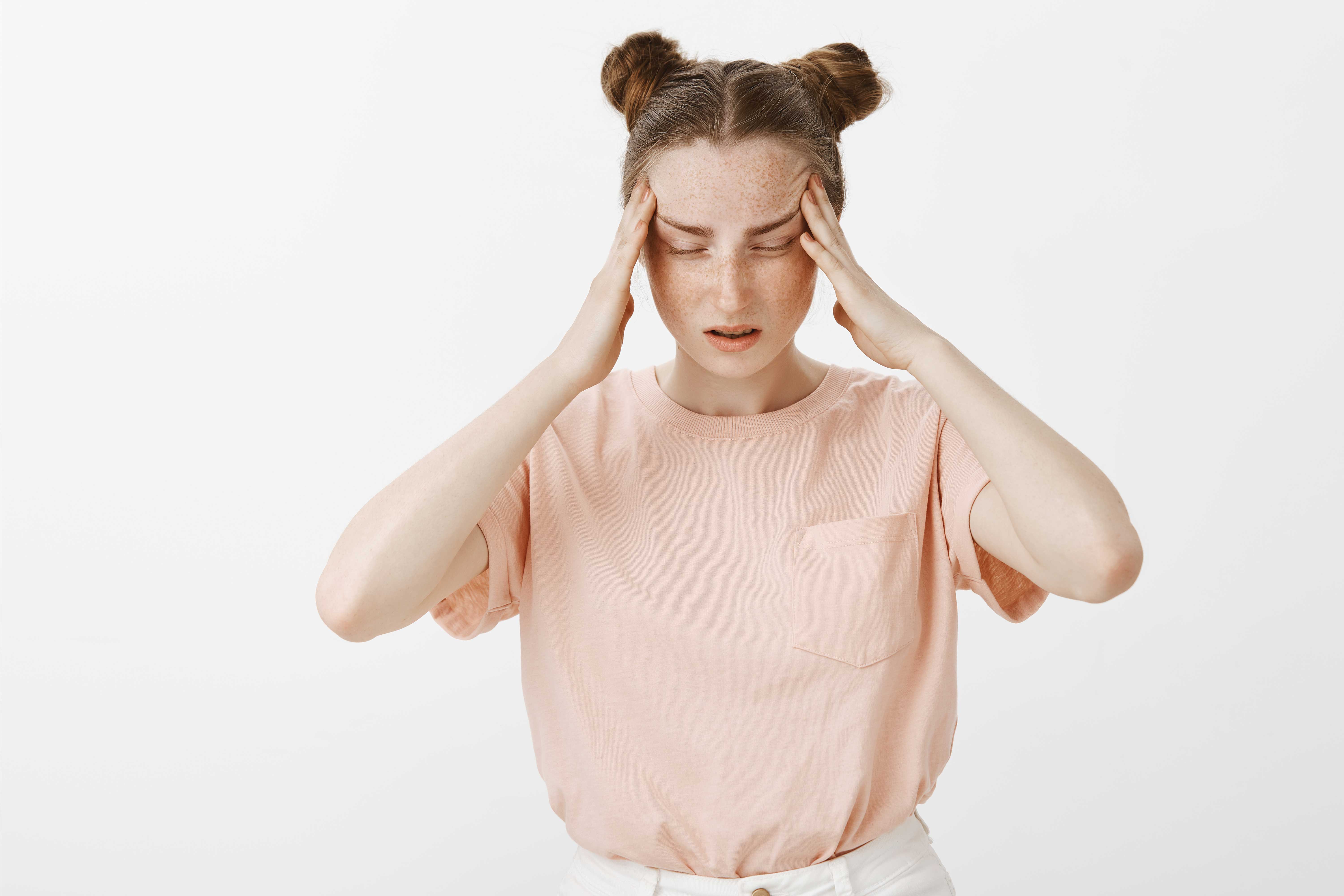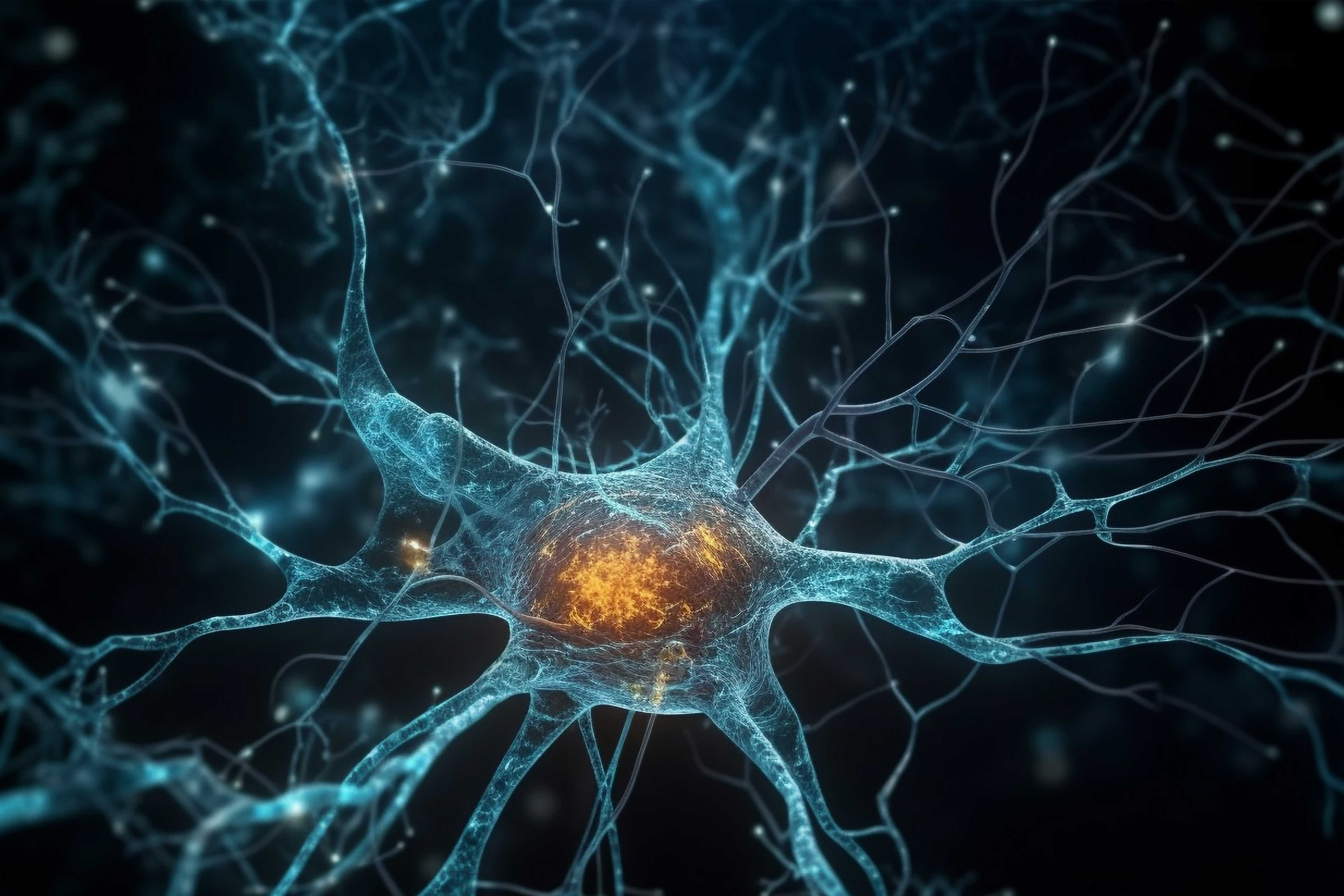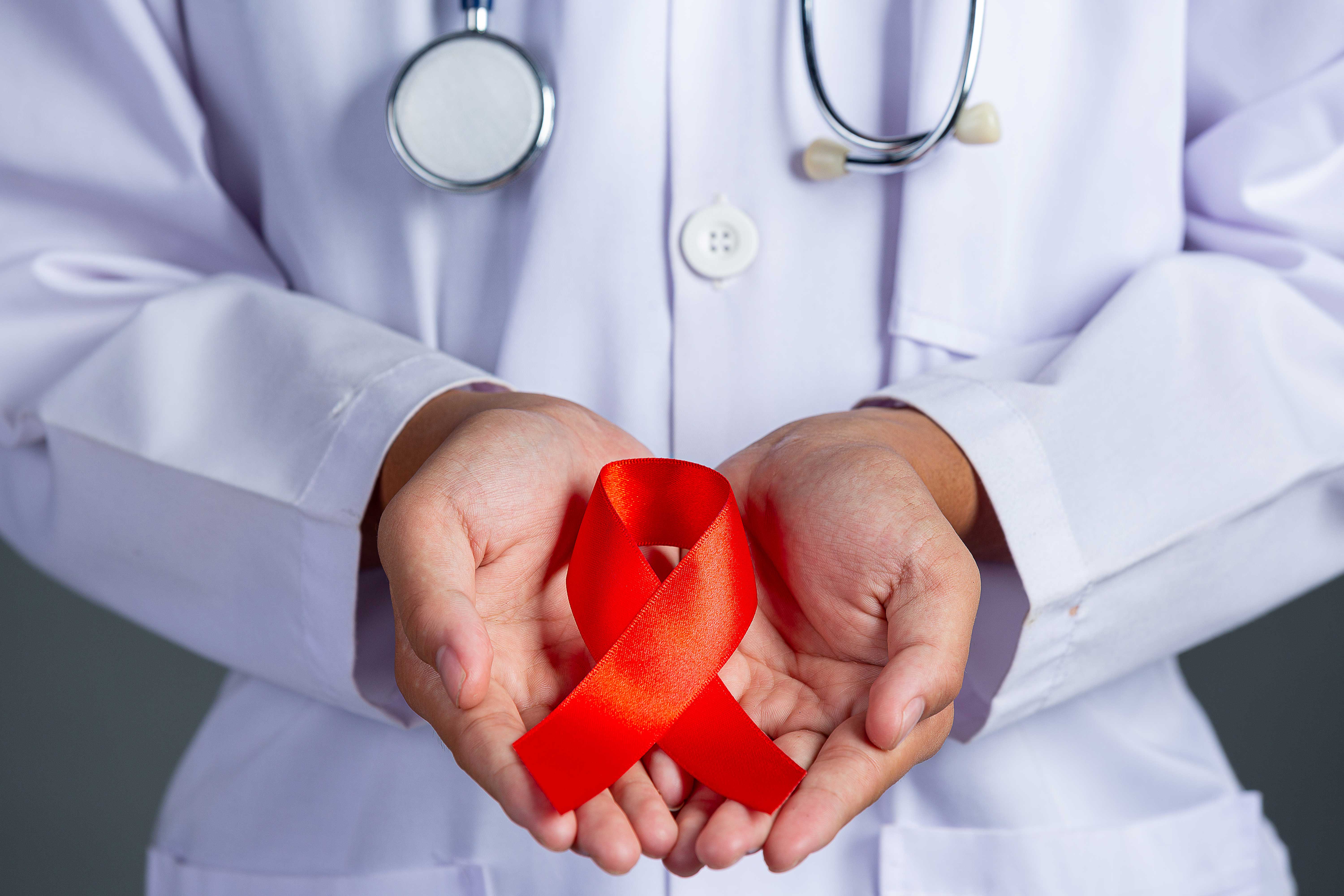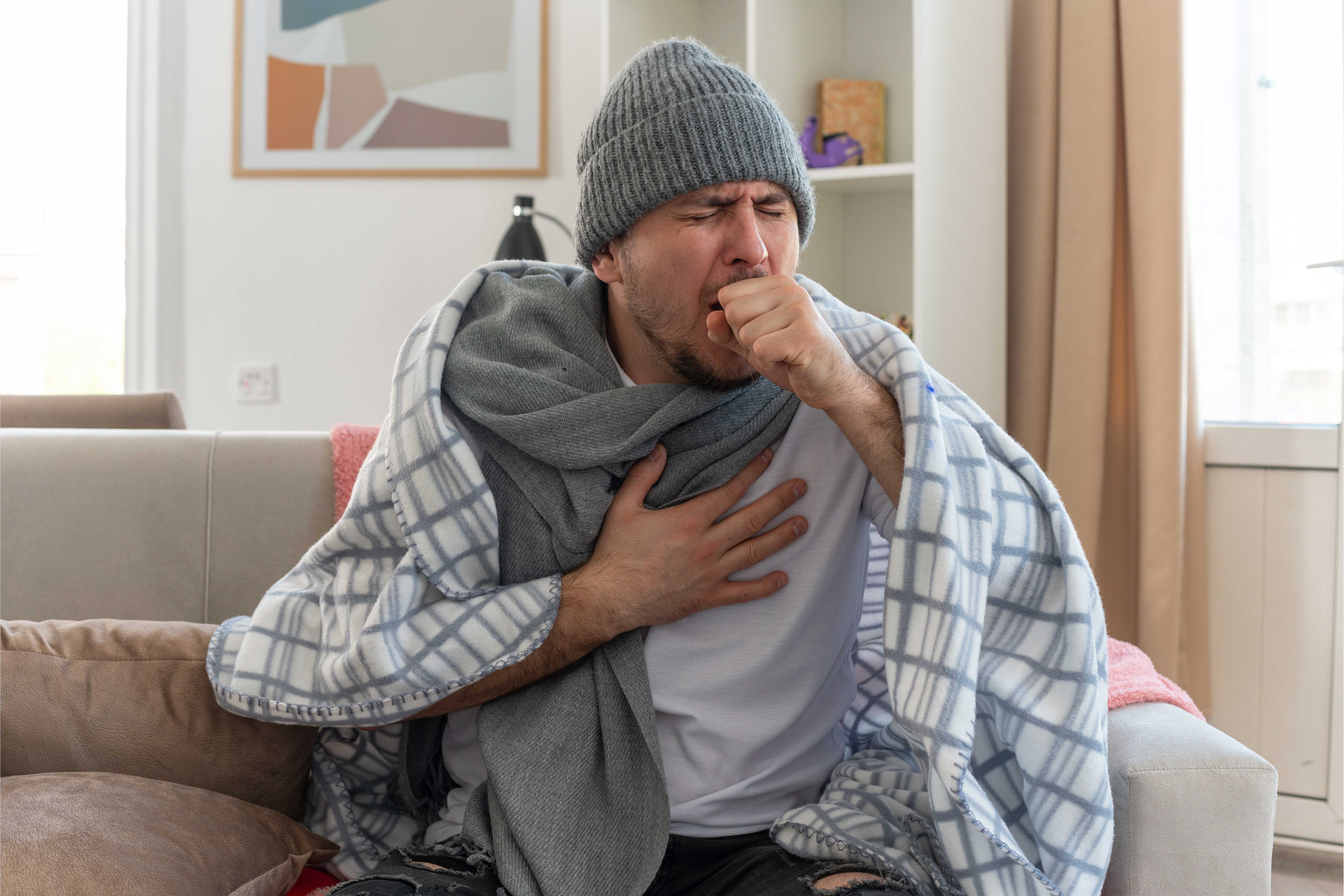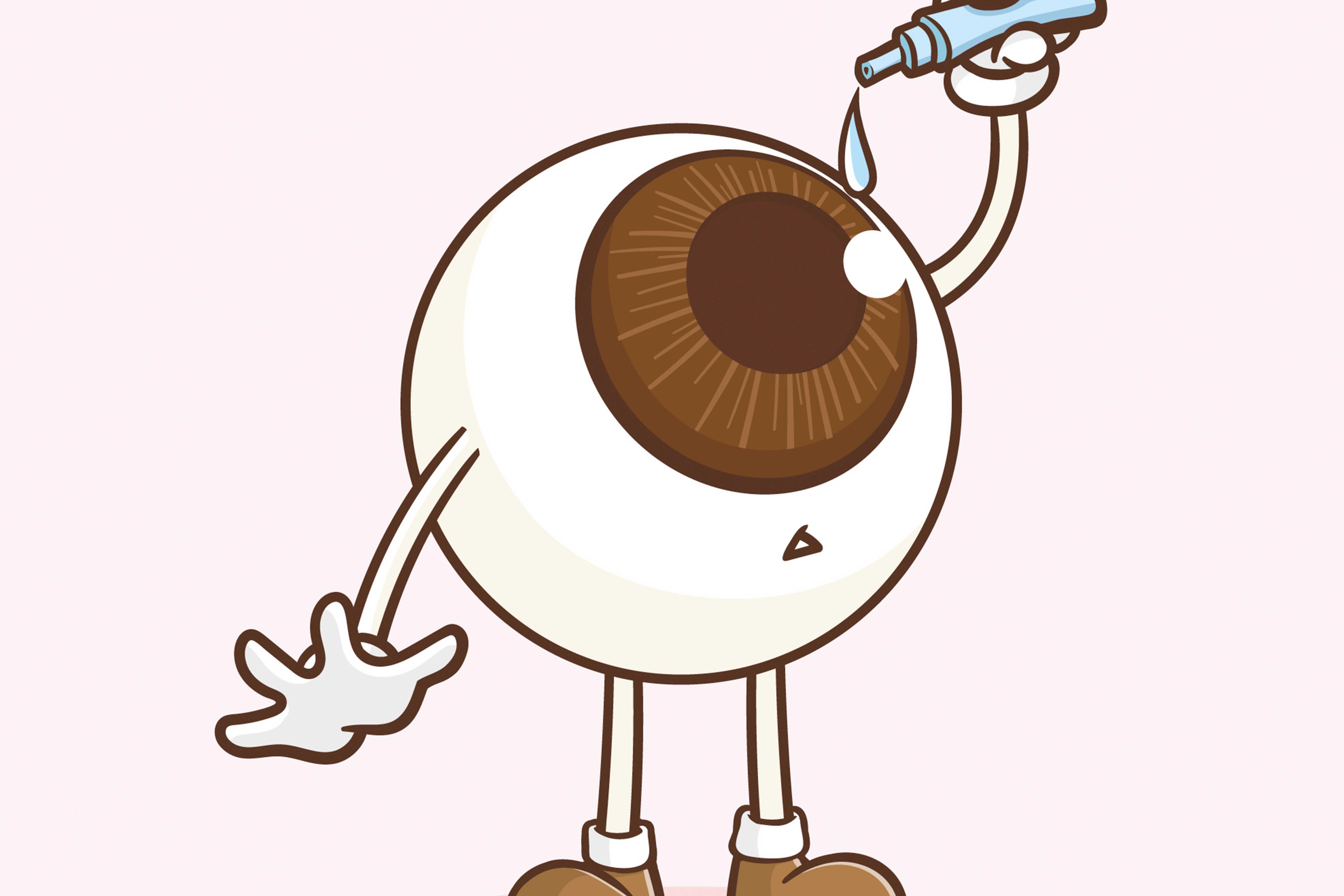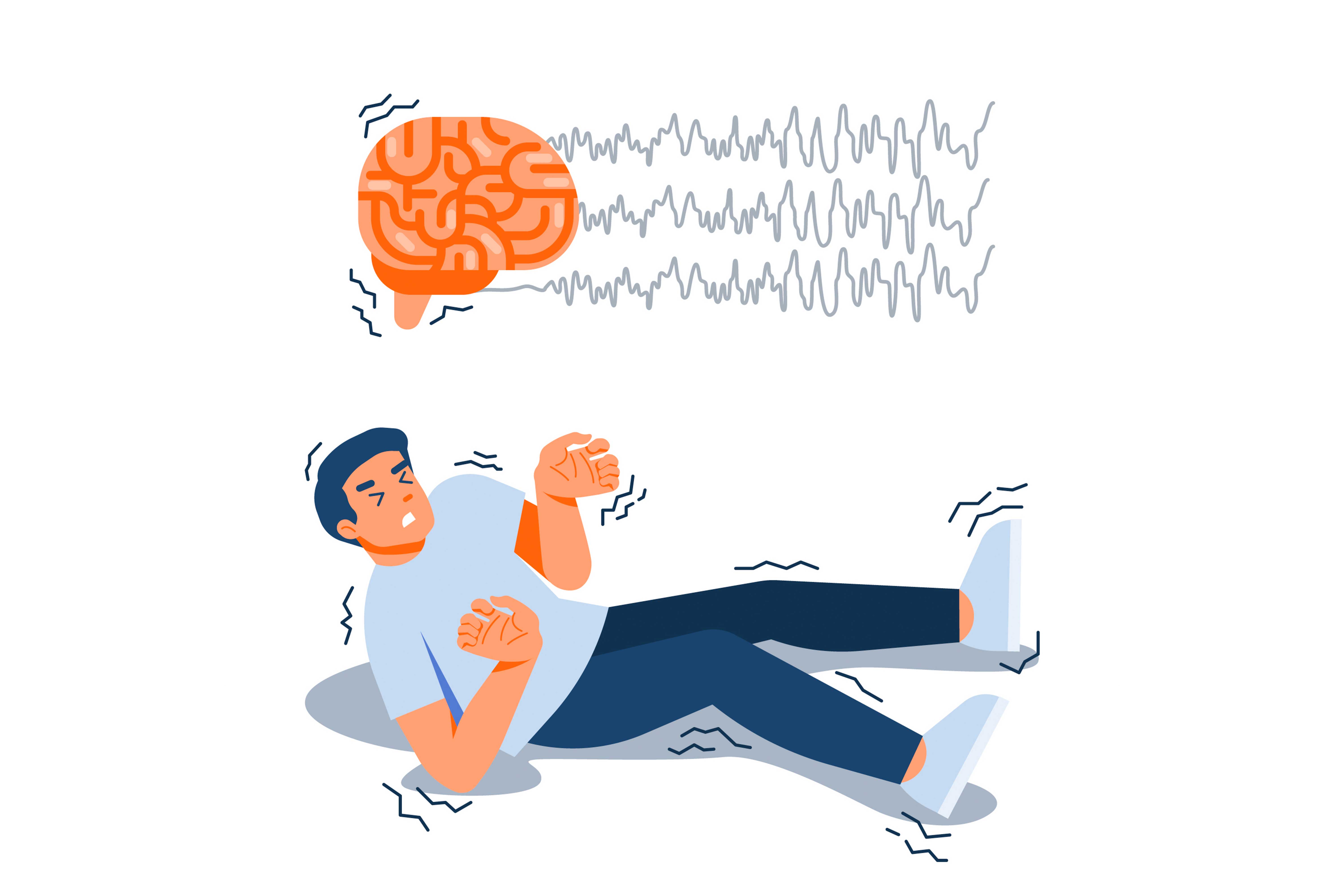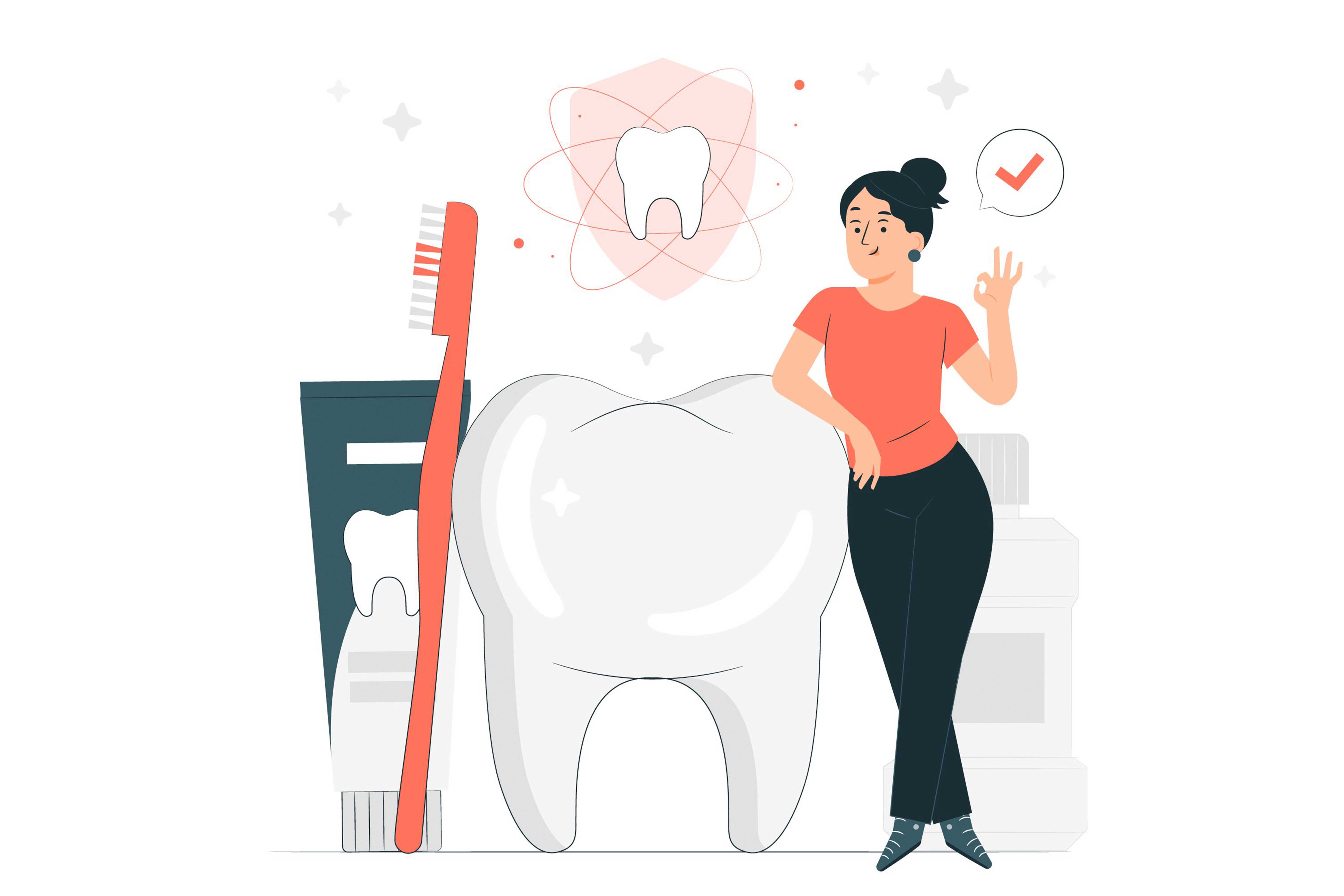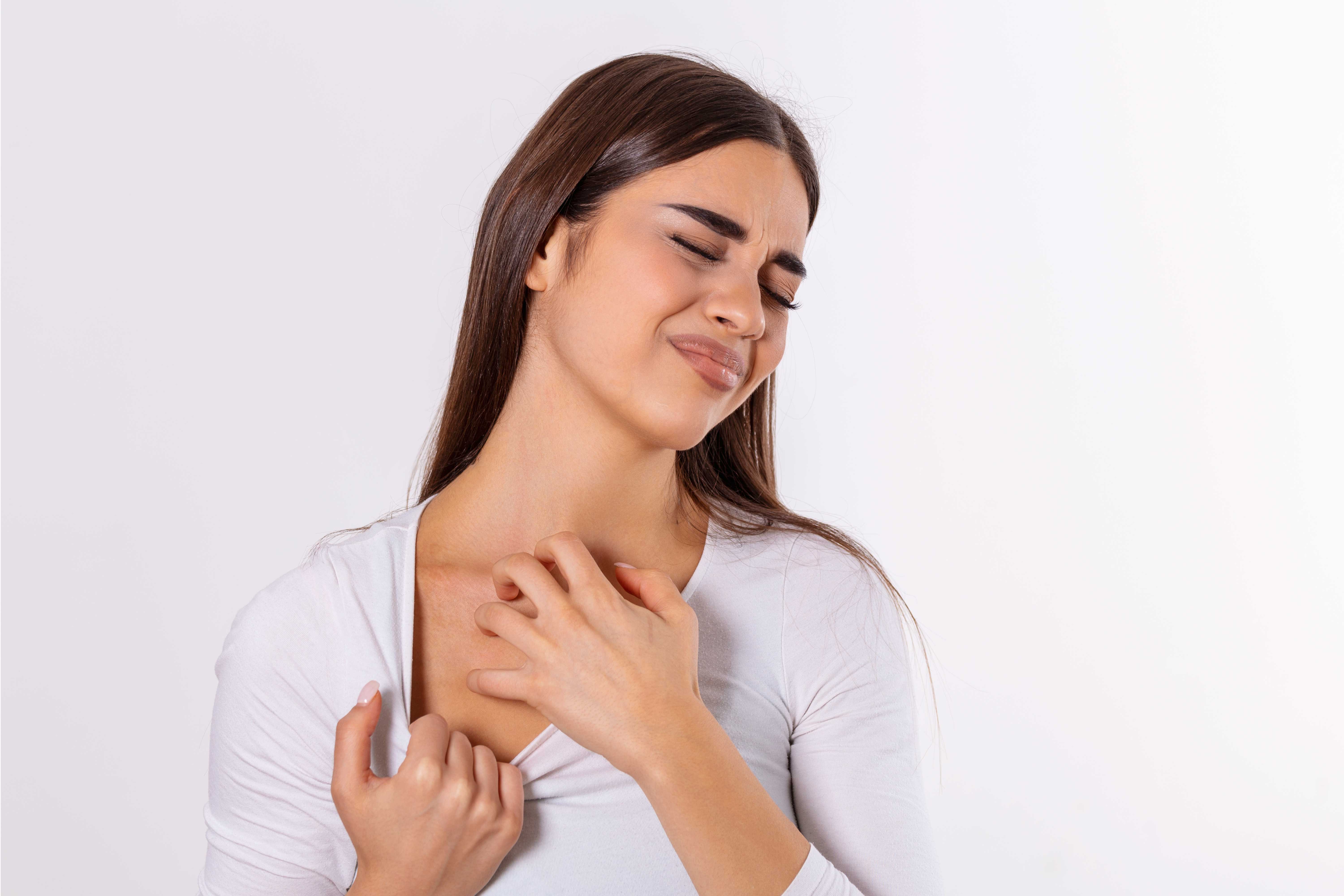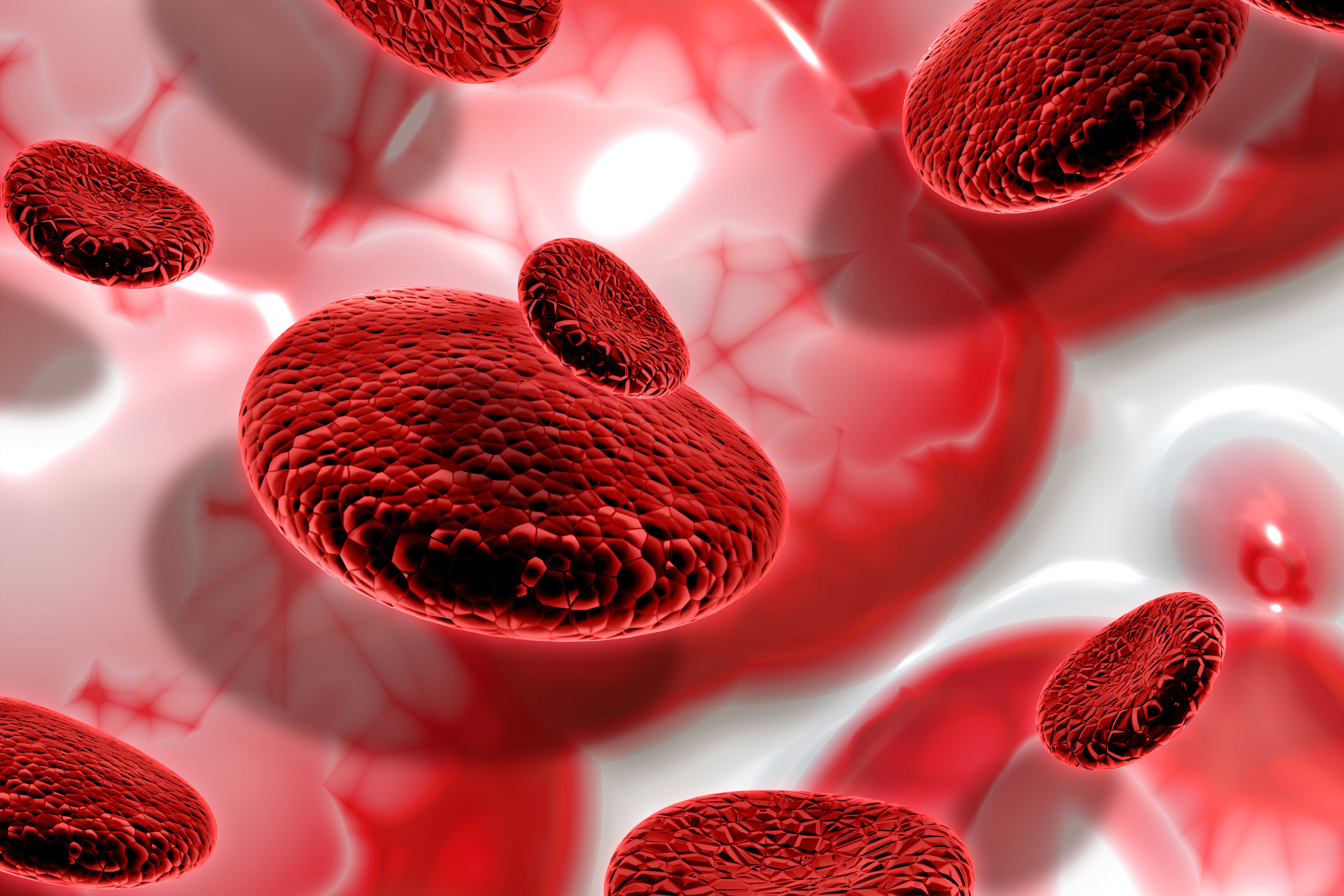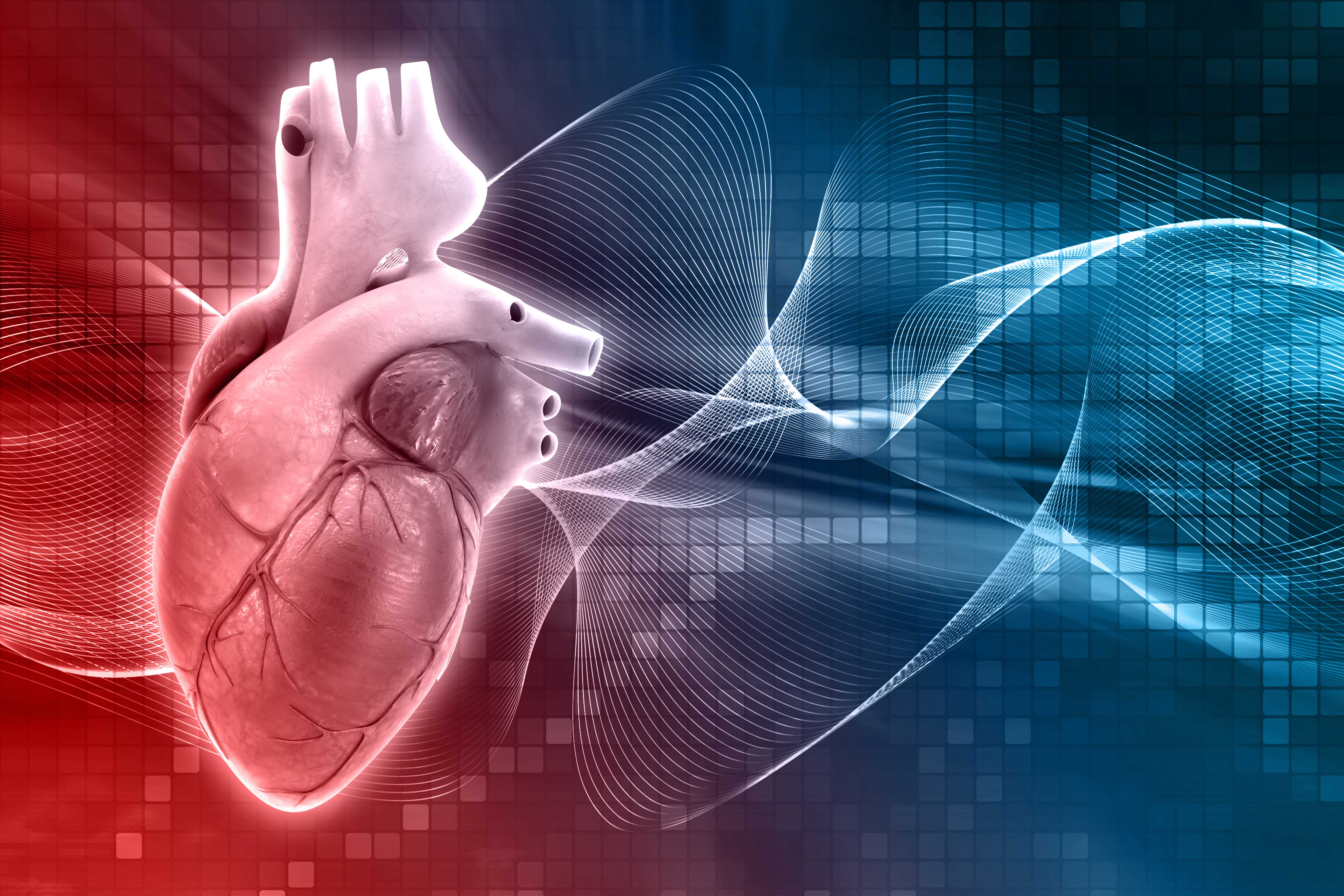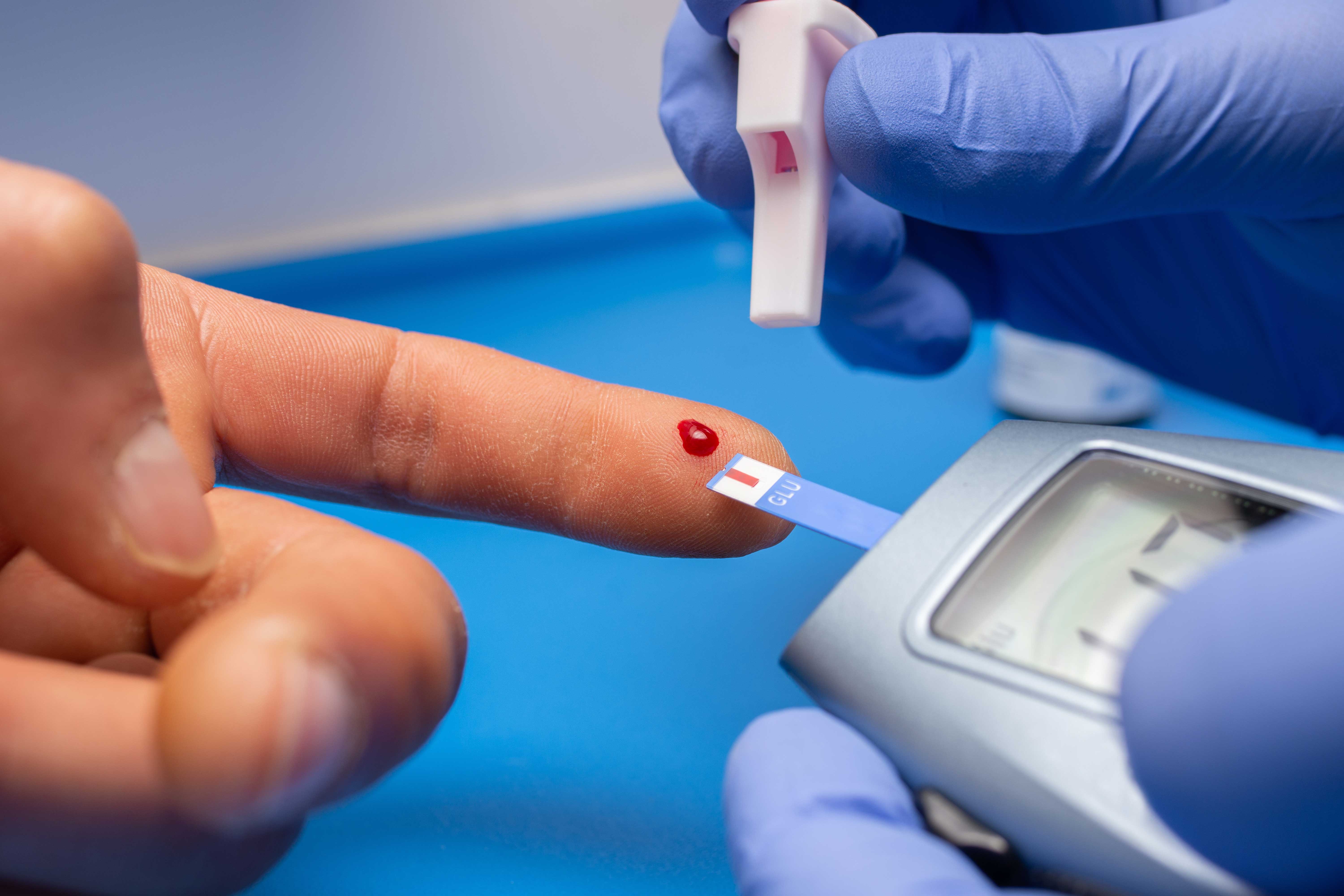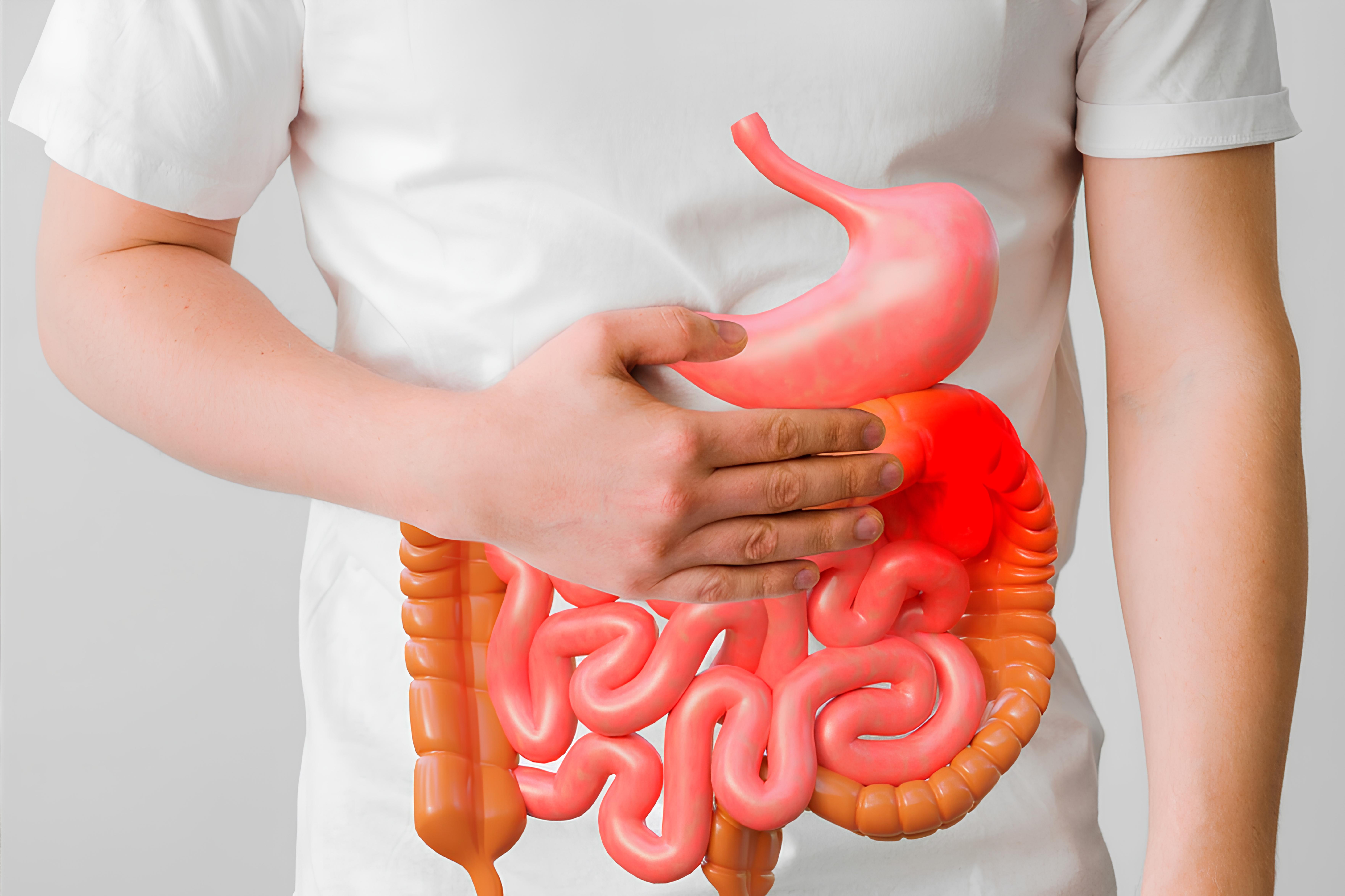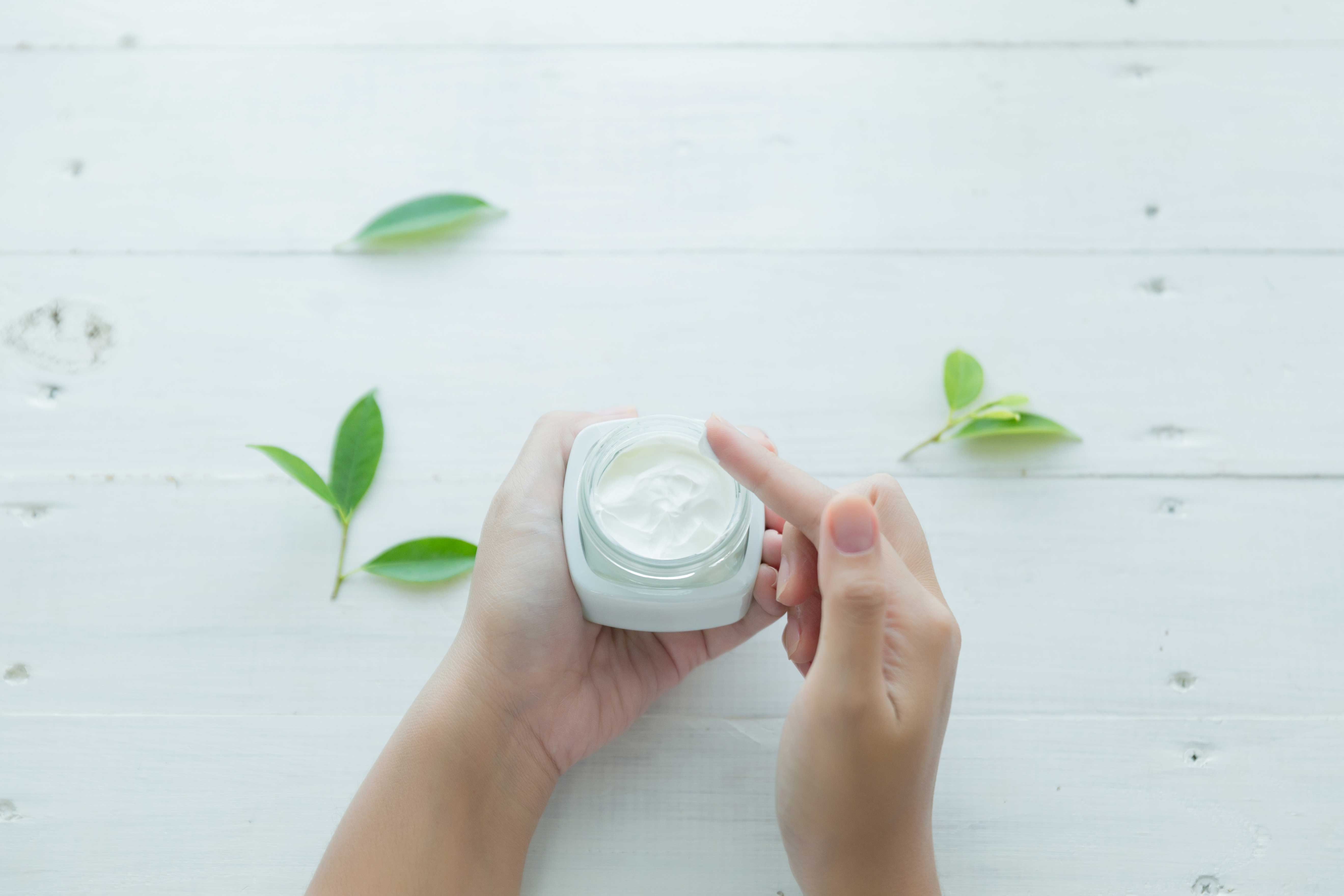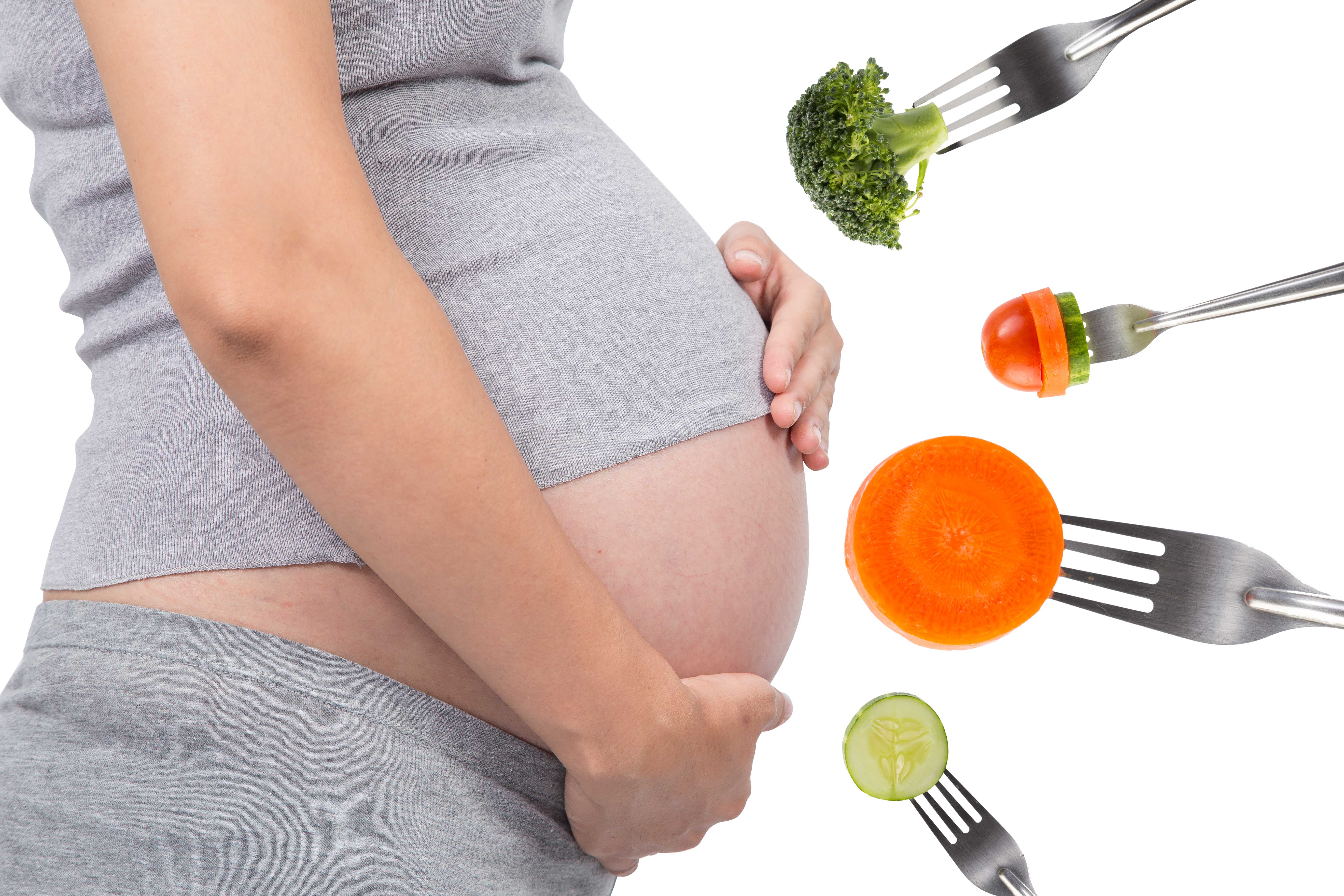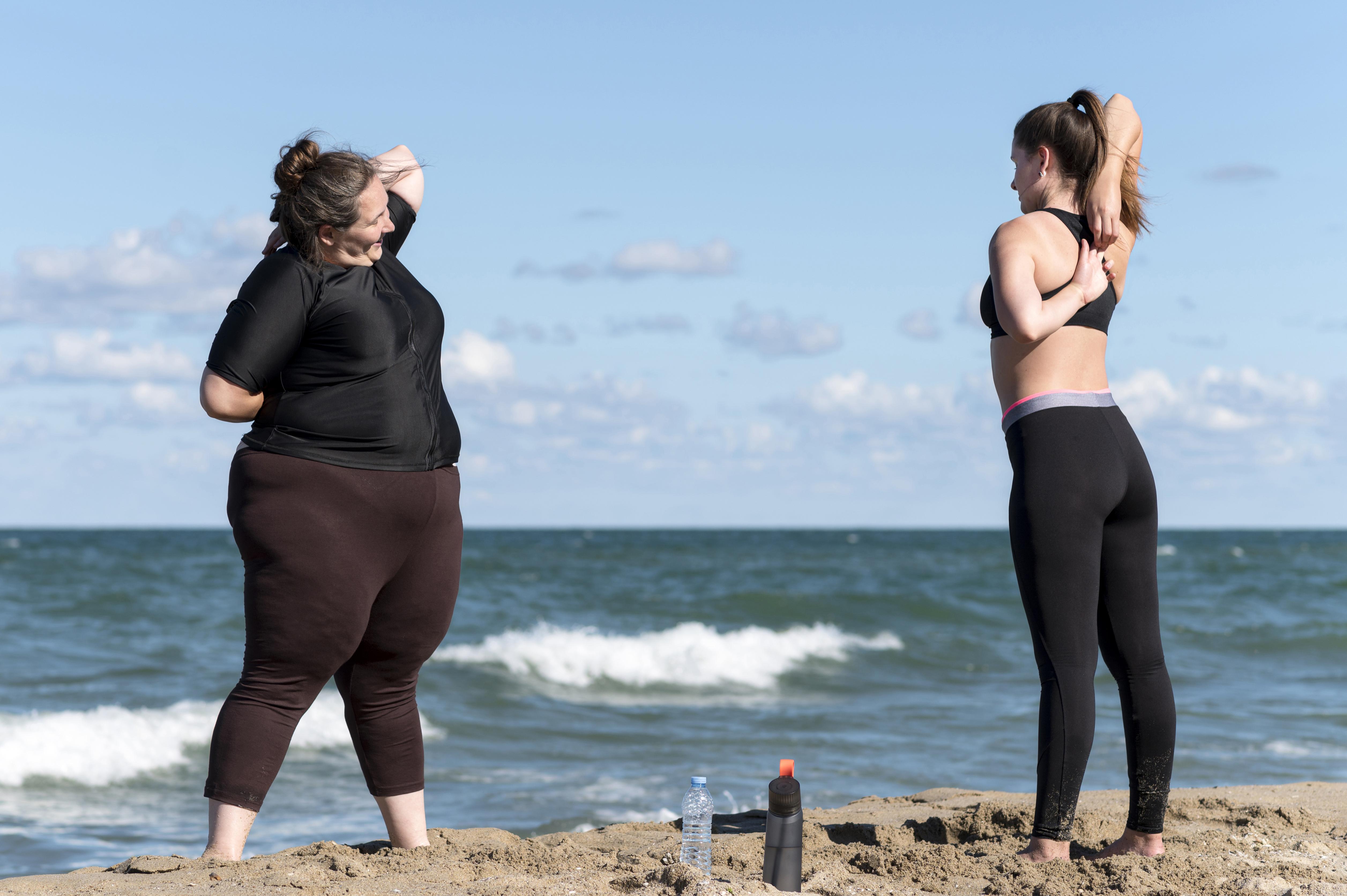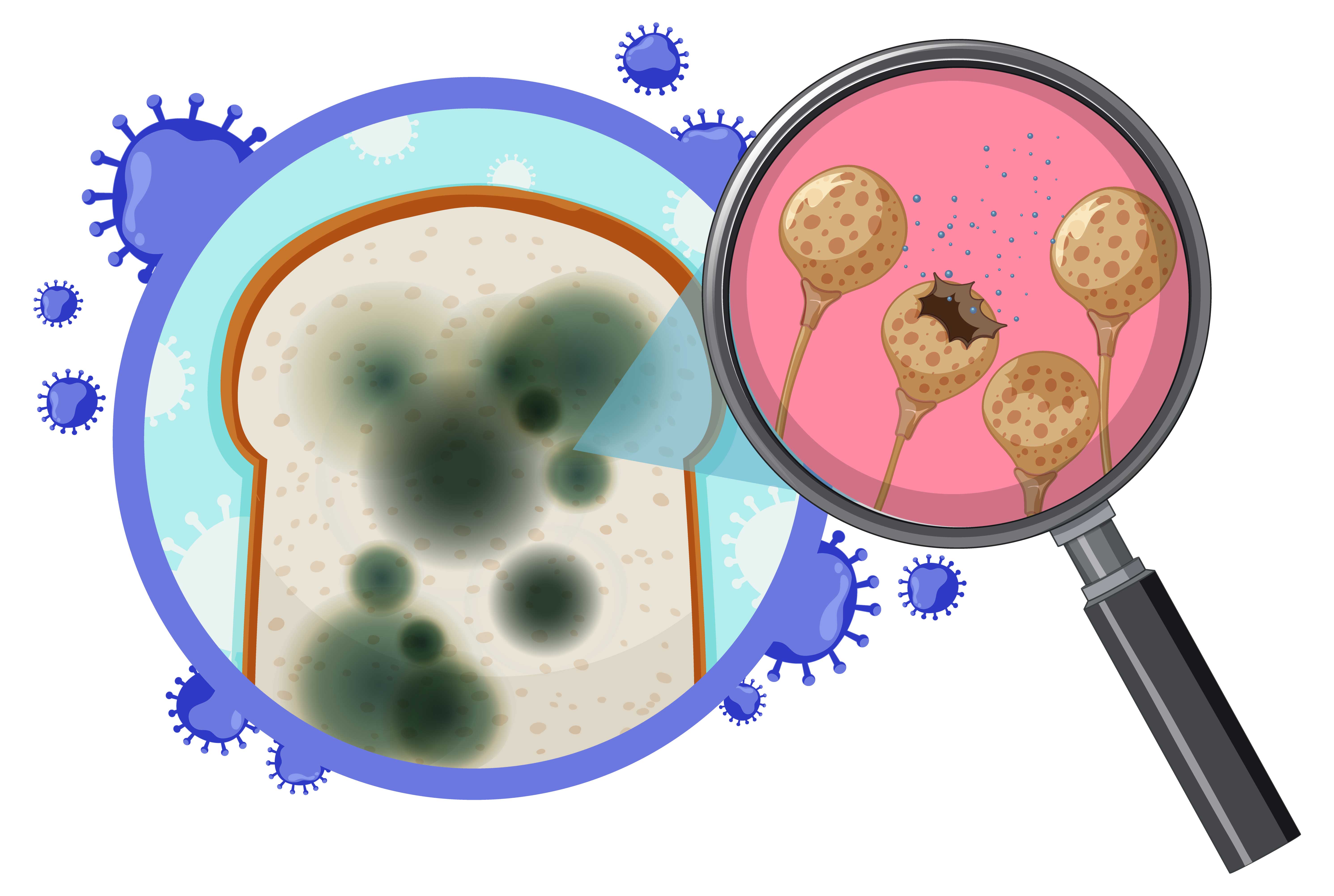Hair damage refers to the process by which the hair shaft undergoes chemical or physical deterioration, resulting in the loss of some hair components and an increased vulnerability to breakage. Damage can arise from various factors such as cosmetic operations, inadequate hair care practices, prolonged exposure to ultraviolet (UV) radiation, or environmental circumstances, among others.
Certain cosmetic procedures have been found to be highly abrasive, resulting in heightened levels of structural and chemical harm to hair fibers. It is widely recognized that chemical processes, including bleaching, perming, relaxing, and straightening, can result in substantial harm to hair strands. Nevertheless, insufficient practices and routines for everyday hair care might also result in hair damage. Insufficient brushing or combing, as well as extremely high temperatures when blow-drying, can lead to physical harm [7].
Hair attrition refers to a gradual and ongoing process of degradation wherein the hair shaft experiences a loss of the external protective layer known as the cuticles. This loss of protection has a detrimental impact on the cortex's capacity to retain moisture. During the early phase, this phenomenon leads to a reduction in both shine and softness. However, as time progresses, the resulting damage can lead to a decline in the hair's strength, elasticity, and ultimately its structural integrity, finally resulting in hair breakage. Hair is subject to a multitude of environmental factors during its lifespan. This implies that older hair is more susceptible to experiencing a greater level of damage compared to the recently developed hair shaft [1].
Physical Damage
The most prevalent cause of damage is mechanical harm, which happens on a daily basis, such as when hair is combed using plastic or wooden combs or brushes. Repetitive brushing in a specific region leads to the detachment of the cuticle edges, resulting in partial or complete wear, particularly at the outside edges of the hair strand. The act of cutting hair can result in mechanical harm, particularly when performed without the use of suitable instruments. Utilizing a razor or even dull scissors in lieu of scissors leads to an unhygienic incision and increases the susceptibility of the cuticle to peeling [7].
While shampoos serve the aim of cleansing and maintaining hair health, the process of shampooing can potentially harm the hair by causing distortion and abrasion/erosion when the hair strands are twisted and brushed. Furthermore, it has been observed that the presence of anionic surfactants in shampoos might enhance the capacity for cleaning, hence promoting the decomposition of structural lipids and proteins [3].
Environmental Factors
Melanin, the pigment molecules found in hair strands, shield the hair from UV rays by absorbing and filtering them. This filtration mechanism largely inhibits the degradation of proteins caused by radiation. However, it does result in the degradation or bleaching of pigments, hence altering the visual characteristics of the hair. The susceptibility of cuticles to photodamage is heightened because to their exposure to greater intensity radiation and the exclusive presence of melanin in the cortex. Sunlight exposure elicits modifications in amino acids, namely within the cuticles, leading to the rupture and detachment of the outer layers and the division of the extremities. Furthermore, it causes hair to become dry and damaged, reduces its shine and color, and leads to a rough texture. Photochemical degradation of proteins leads to a decrease in their structural integrity. The observed process occurs when the disulfide bonds that link structural units experience cleavage, resulting in the creation of new bonds through the interaction between carbonyl groups and amino groups that are present both inside and between the structural units. Regardless of the kind of hair, UVB radiation is the main component responsible for protein depletion in hair, while UVA radiation is responsible for changes in color [1]. The nature of hair damage is solely determined by the wavelength of the radiation, while the extent of damage is based on the specific hair type. Varying hair types exhibit distinct photostability as a result of disparities in melanin composition and concentration. Black hair has greater light resistance compared to blonde hair and offers enhanced protection against UV light in the melanin-rich cortex. Irradiation only causes a minor alteration in fiber proteins. When doing a comparison between photodamage and cuticles, it is shown that protein loss in black and light brown hair exhibits similarities. This can be attributed to the lack of melanin present on the surface of the hair fibers. The variation in hair color is contingent upon the kind of hair, with lighter-colored hair exhibiting more pronounced changes compared to black hair [3].
Chemical Agents
Chemical techniques employed in hair styling, such as chemical straightening, bleaching, or coloring, have been found to result in significant harm to the hair, particularly when executed by individuals lacking adequate training. Chemical straightening is a chemical process that has been implemented as a durable substitute for thermal straightening. The process of styling hair involves the use of chemical relaxants that target disulfide bonds, resulting in a flat appearance. Furthermore, alongside the reorganization of disulfide bonds, the hair shaft experiences structural impairment as a result of alterations in keratin connections, leading to a decrease in hair strength and a reduction in tensile strength. The process of bleaching involves the oxidation of melanin pigments in the cortex of hair, resulting in a lighter coloration. This process causes the disintegration of disulfide bonds and increases the porosity of cuticles, resulting in reduced tensile strength and a fragile look. Melanin's photoprotective properties are compromised during oxidation, rendering bleached hair more vulnerable to additional harm caused by ultraviolet (UV) radiation.
Permanent dyes are utilized to modify the color of hair strands. Similar to the bleaching process, the outcomes of this therapy are obtained through oxidation reactions occurring within the hair shaft. Alkaline solutions, such as ammonia, are provided to enhance the penetration of these chemicals into the hair shaft. The utilization of this application results in the disruption of the protective cuticle barrier, hence increasing the susceptibility of the hair to additional harm. The utilization of alkaline treatments results in the removal of the 18-MEA layer, hence contributing to the improvement of hair friction and hydrophilicity. Without this hydrophobic layer, the hair's smooth texture is reduced and it becomes more prone to brittleness.
Thermal Factors
The utilization of blow dryers for hair drying is a widely adopted practice. Nevertheless, frequent usage causes harm to the hair strands. Air-dried hair exhibits a thoroughly shielded surface, whereas blow-dried hair displays a greater extent of harm. With rising temperatures, the hair surface experiences greater damage. The utilization of a blow dryer for hair drying results in the concavity of the scale margins, which can be attributed to the division of the cuticle layer. Blow drying induces structural alterations that extend beyond the fiber surface and also manifest inside the inner cuticle layers. The color of hair is also influenced by thermal conditions, resulting in a lighter hue following multiple instances of shampooing and drying. The color changes become perceptible after a just 10 blow-drying cycles at a temperature of 95°C.
Using a hot straightener or curling iron to style the hair can potentially cause harm to the hair. These phenomena take place under elevated temperatures, and the consequences of style arise from a transient reorganization of hydrogen and disulfide bonds within the hair shaft. Thermal straightening leads to excessive heat buildup in the hair shaft, resulting in its weakening and breaking [1].
